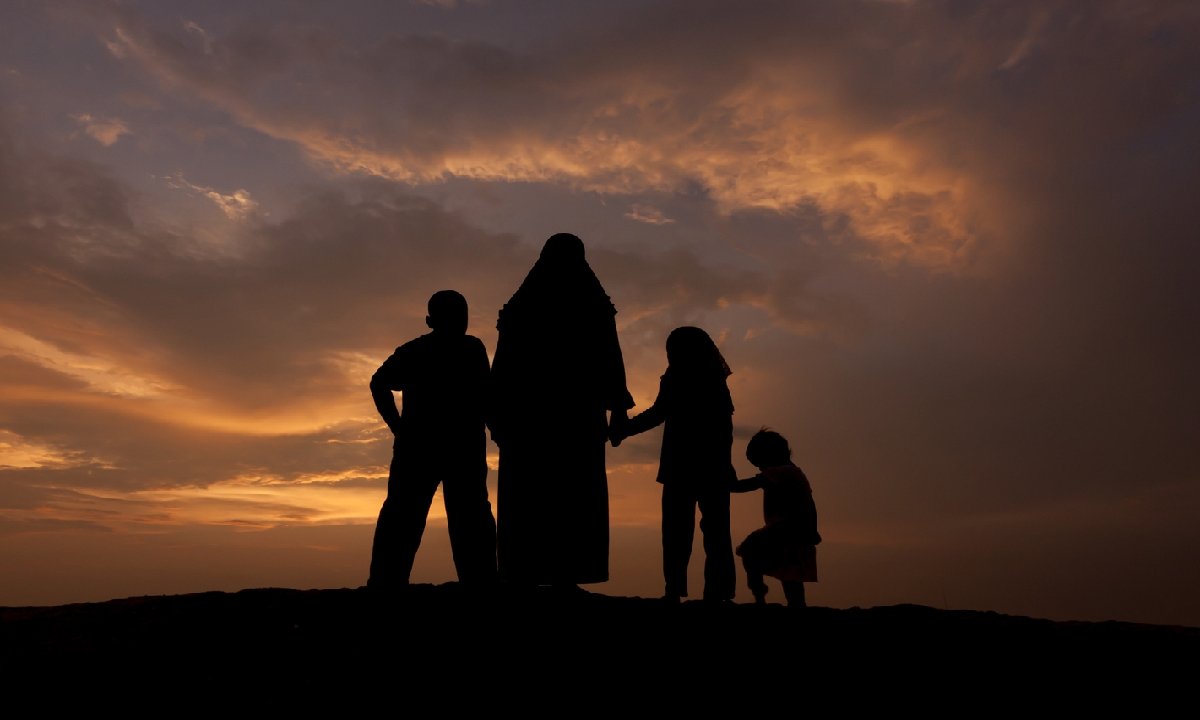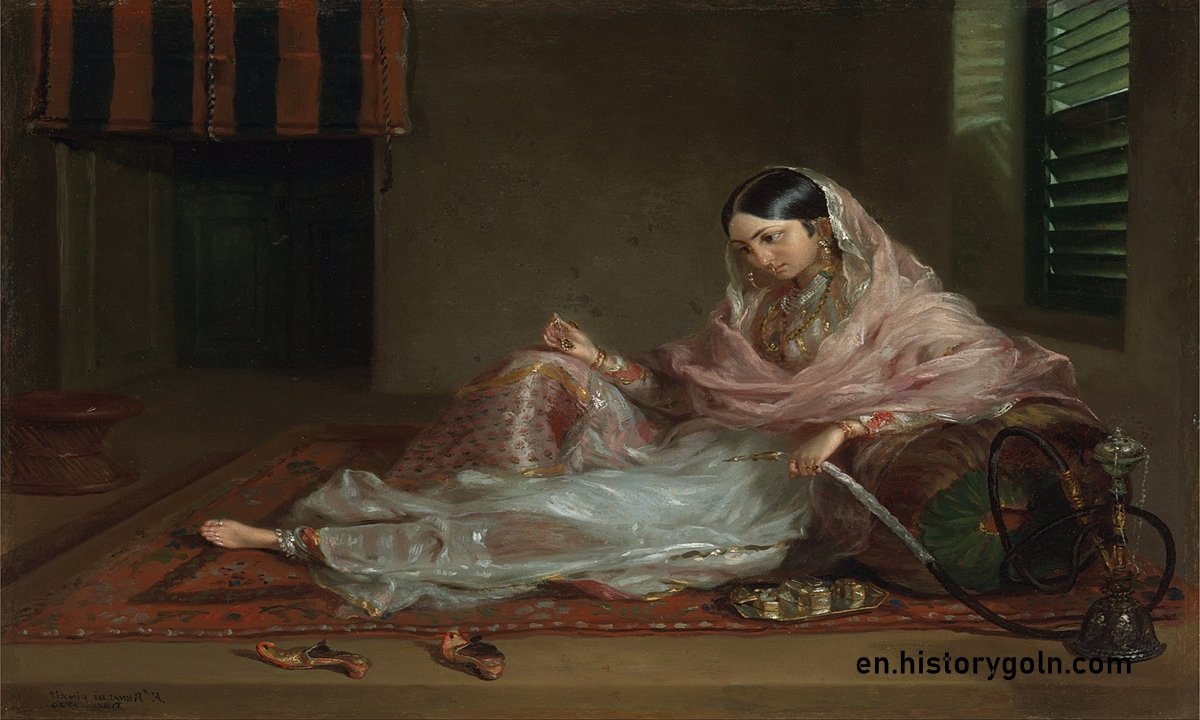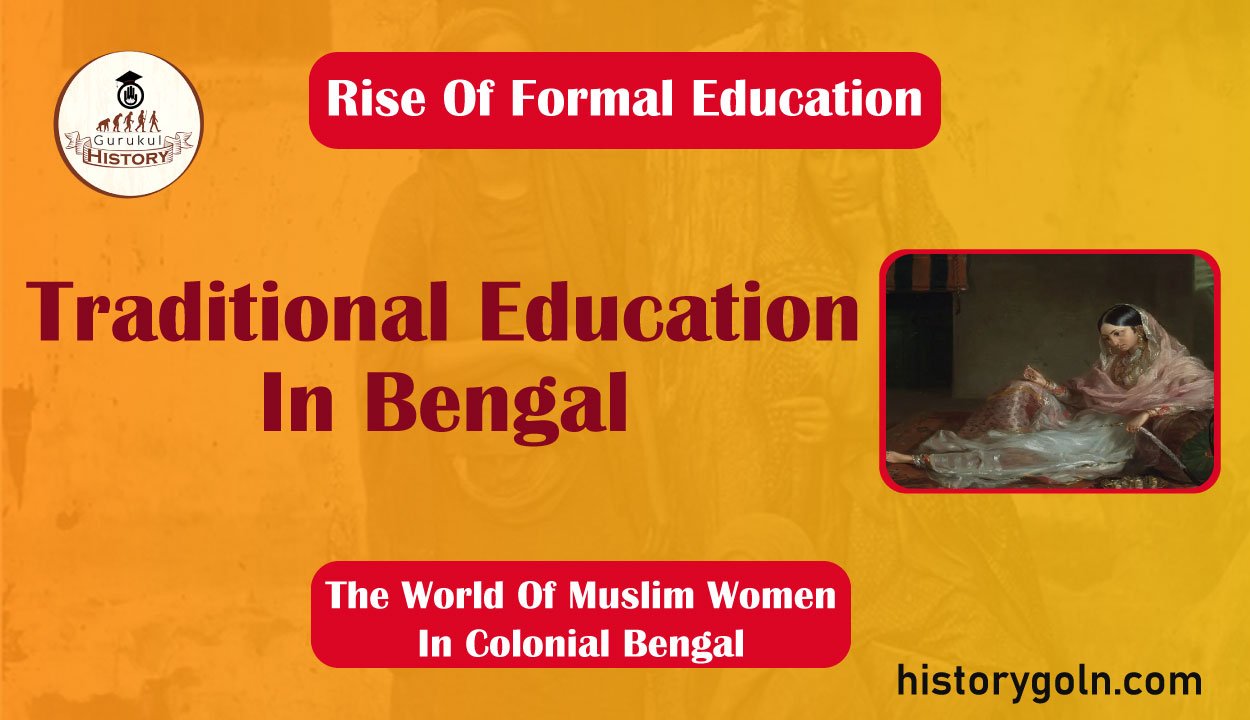Today our topic of discussion is Traditional Education In Bengal .
Traditional Education In Bengal

It is difficult to generalize about the form of traditional education in Bengal at the turn of the last century because it varied according to class and cultural setting. Where one household might favour the study of Urdu another might be more disposed to Bengali. Urdu texts were popular in many Bengali homes but they were gradually replaced by translations or indigenous texts. Then again, some families might have opted for more classic works such as Bukhari’s Sahi Hadith over local versions.
One would also encounter varying degrees of secularism in the curricula and relaxa- tion in the constraints of purdah. In spite of this, one could, however, on the basis of an abstracted picture complemented with class and culture variations drawn from real-life accounts, construe a “typical” education imparted to girls in a late nineteenth century household.
Traditionally, Muslim women received the rudiments of education within the strict privacy of the andarmahal. On occasion, specially among the upper aristocracy or ashraf, the quality could be very high and equivalent to that received by boys.

Girls would be ‘put in purdah’ from the age of 7 or so. The aborodh-basini or dwellers in seclusion, received elementary education mostly of a religious and moral nature. Ustadnis or female tutors were sometimes employed to teach girls how to read the Koran, some Urdu /Persian and basic accounting skills.
As the old Shurafa began to be repla ced by the new gentry, Bengali was added to the list. In some cases female tutors were also employed to teach English, a little sewing and embroidery but seldom Music. (This was more popular among the Brahmos, Hindus and
Christians, whose domestic culture incorporated music).
The education was geared to equip girls for their future roles of wife and mother to train them in ideal female conduct. Shaista Ikramullah’s account of traditional female education in her family below, was corroborated, almost reiterated, by other female narrators:
My mother’s education followed the orthodox pattern. She was taught to read the Koran by one of the many distant relatives who lived in the house. In a household like my grandfather these ladies occupied the position of superior governesses or seamstresses. After learning to read and write in Urdu… cooking and sewing were considered the important items of girls’ education.”
As a segment of the community came into closer contact with westernizing influences through education, jobs etc., and the process of cultural adaptation set in among Bengal Muslims, it became fashionable at first among the upper class to keep ‘mem’ teachers or governesses.

These tea- chers were mostly Anglo-Indian or native-christian women of modest means who had also played a part in the making of the Brahmo Bhadromohila. Elite families (such as the Dhaks Nawab family) kept governesses for their daughters in imitation of Victorian England.
Consequently, their skills included accounting, languages, embroidery, and even horse-riding. Peri Bano, Nawab Ahsanullah’s daughter, had all these skills. 10 But this was not the average Bengali girl’s fate and for her life behind aborodh could be stifling.
See more:
